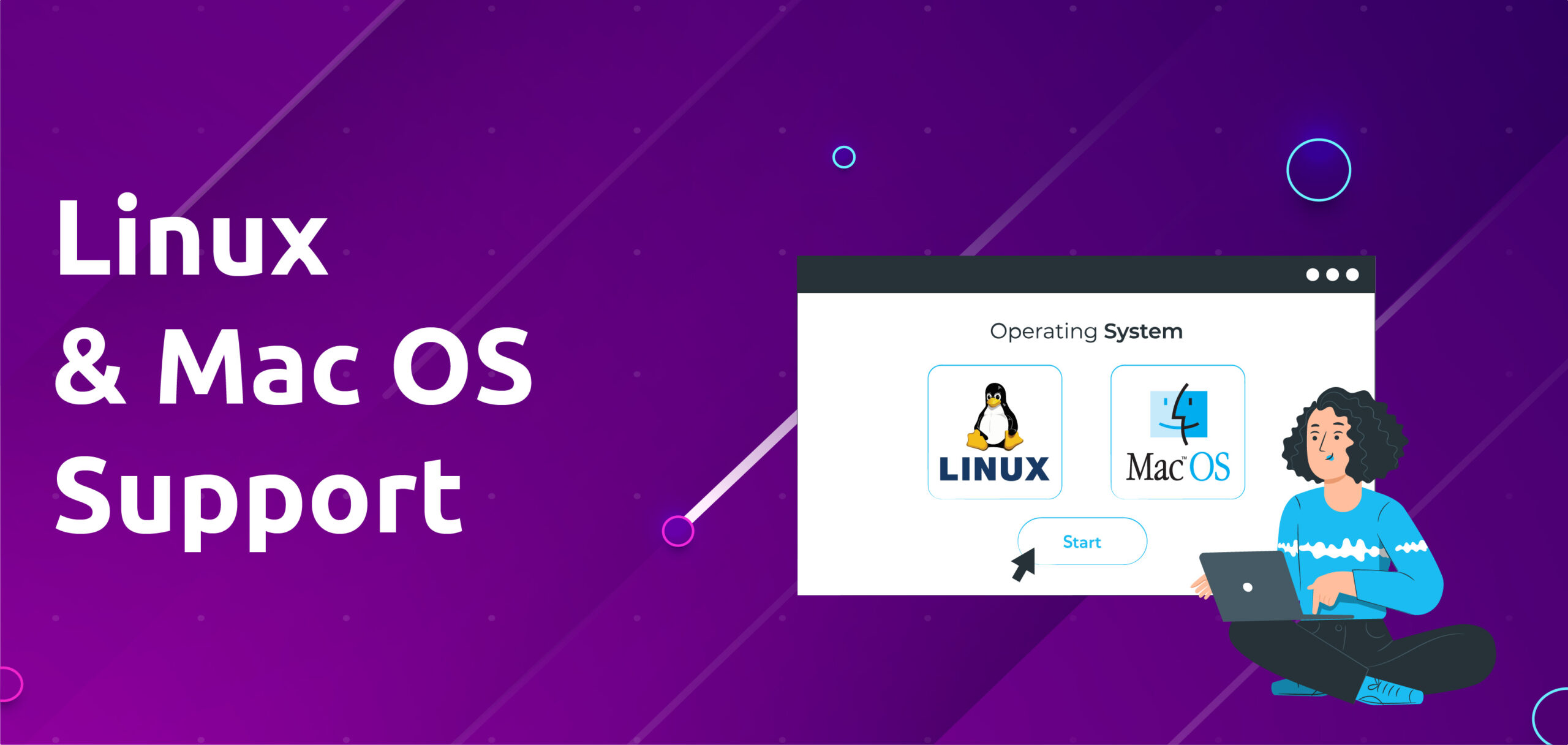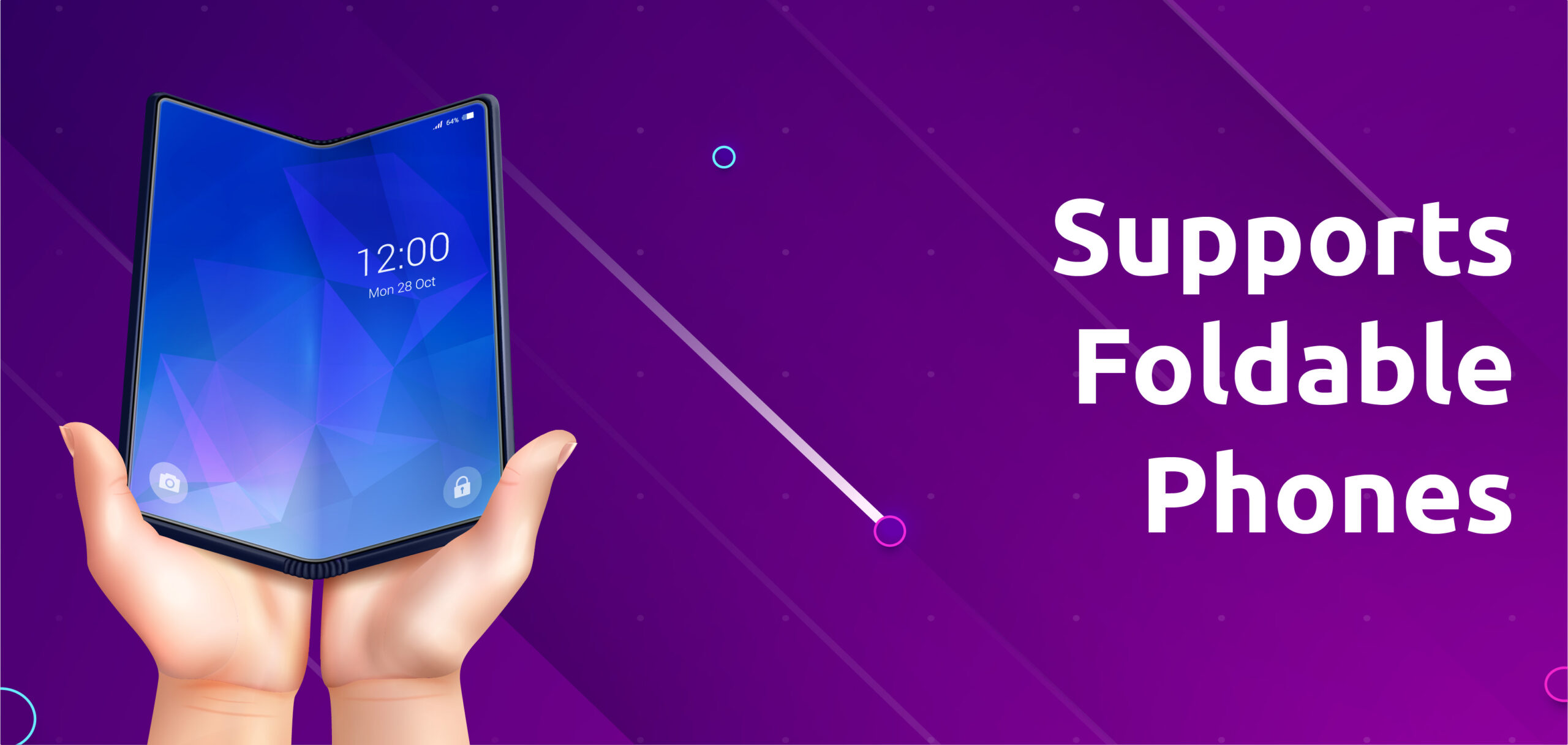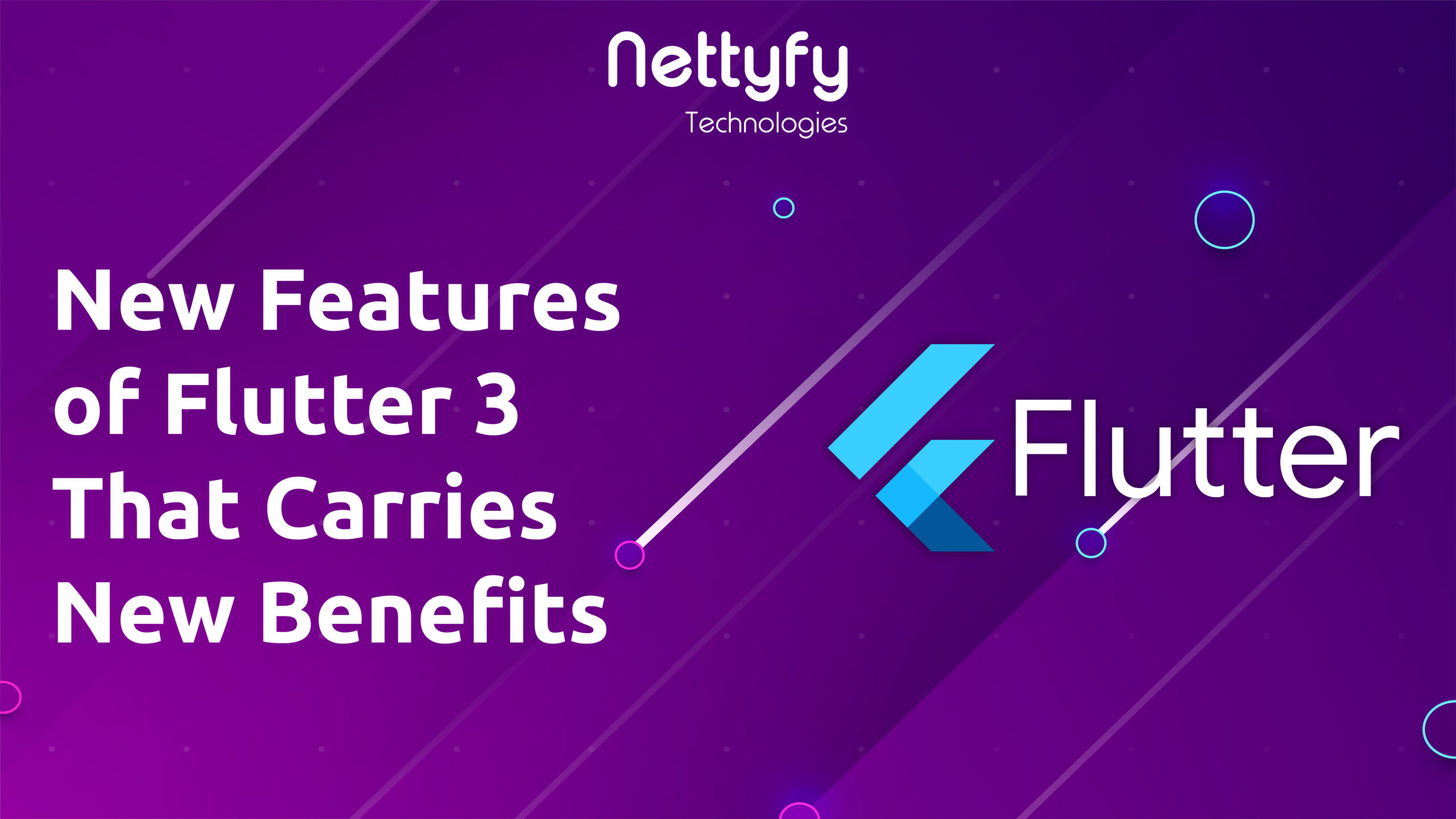Google unveiled Flutter 3.0 at the recently finished Google I/O 2022 event to enable mobile app developers to create better, more robust mobile apps.
With Flutter 3, one can create Avant-grade experiences for 6 platforms using a single codebase, giving developers more time to work on other projects and enabling entrepreneurs to introduce innovative concepts to the whole addressable market right away. The newest, brand-new features that have been implemented in this version of Flutter App Development have generated a lot of discussion among the developer community.
Firebase assistance: For Flutter app development services, Firebase is a Backend-As-A-Service that offers hosted backend features like cloud storage, a real-time database, crash reporting, and more. With Flutter 3.0, the platform’s fundamental integration with Firebase is strengthened and given greater power. The primary Firebase repository and site, which is the fundamental component of the Firebase offering, now houses the source code and documentation, giving Flutter developers access to a potent backend service for building richer and more feature-rich mobile apps.
Additionally, Google is creating a collection of Flutter plugins that will facilitate the use of Firebase. Another recent update allows developers to view problems and crashes in real-time using Firebase Crashlytics.
Flutter’s toolbox for casual games:Google has released the Casual Games Toolkit with Flutter 3.0, allowing developers to start from scratch when creating and releasing casual games. With this games toolkit’s open-source status, Flutter developers can now easily incorporate a number of fresh and exciting features. With a single codebase and features that are ready for integration (in-app purchases, play services, Firebase, and more), developers can easily make new games using the Flutter platform.
Future-ready game development is now easier and more interesting thanks to Flutter’s support for hardware-accelerated visuals.
Linux and Mac OS support: Developers may now produce apps for the Linux and macOS operating systems thanks to Flutter 3.0. When Flutter was first introduced, it only supported the Android and iOS operating systems. Over time, it added support for Windows, the Web, and embedded devices. The scope and utility of Flutter have now been considerably increased with the addition of MacOS and Linux support.

Dart 2.17: Flutter 3.0 includes a new upgrade for the Dart SDK. All Flutter developers (and those who don’t utilize Flutter) will now have access to the new Dart language: 2.17. Leveraging enums and overrides as default functions, deploying and testing user-written classes, using API sample code, and other capabilities are just a few of the new additions to Dart 2.17.
Support for foldable phones: A partnership with Microsoft has made it feasible for Flutter 3.0 to offer programming for foldable phones and gadgets. Assigning rules for display features using the MediaQuery class now allows Custom Mobile App Development to specify information about device components like hinges, folds, cutouts, and more.

Support for iOS variable refresh rate: There are several exciting enhancements coming to Flutter 3.0 for iOS-based mobile apps. From this point forward, iOS devices, notably those with Promotion displays, the iPhone 13 Pro, and iPad Pro devices, will allow variable refresh rates for developers. With this update, Flutter-based iOS mobile apps that were previously restricted to 60 Hz refresh rates on these devices will now support 120 Hz refresh rates.
Picture encoding: This update to the Flutter web version is significant. With the release of Flutter 3.0, the imagecoder API will be automatically detected and deployed by the Flutter Web interface through the browser. Flutter Web will be able to decode images asynchronously by utilizing the built-in image codecs of the browser, improving image loading times by up to 2X.
iOS Releases with Less Red Tape: With Flutter 3.0, iOS releases are now smoother and easier. Developers can publish iOS releases immediately without opening X-code by using the IPA command like flutter build IPA —-export-method ad-hoc / development/enterprise.
Website lifecycle: Webapp Lifecycle, a new feature of Flutter 3.0, is now available. Developers will have additional freedom and control over the bootstrap procedure of the Flutter app when hosted via an HTML page thanks to the new Lifecycle API for web applications. Additionally, Lighthouse is now able to assess the performance of the app in real-time and offer helpful input as required.
Apart from these newly introduced features, there are also other enhancements and updates which the company has initiated. Along with the addition of support for Material Design 3, Flutter 3 has produced a number of other innovations. Flutter is completely native for development on Apple hardware aside from this. Despite the fact that Flutter has always worked with M1-powered Apple devices, it now fully benefits from Dart’s support for Apple silicon, enabling substantially quicker compilation on M1-powered devices and support for universal binaries for macOS apps.
Prospects:
The goal of adding support for different platforms was to provide Flutter a solid base on which to grow. Google will keep improving it in two key areas, namely, to improve developer efficiency and to increase Flutter’s capabilities in the foreseeable future.
Above all it can be said that with the changing world and the kind of evolution which flutter has begun through its numerous updates and features will allow users to gain more benefits. Nettyfy Technologies has been forcing on this matter to improve and develop their flutter technologies and can assist their clients to shine as well.
